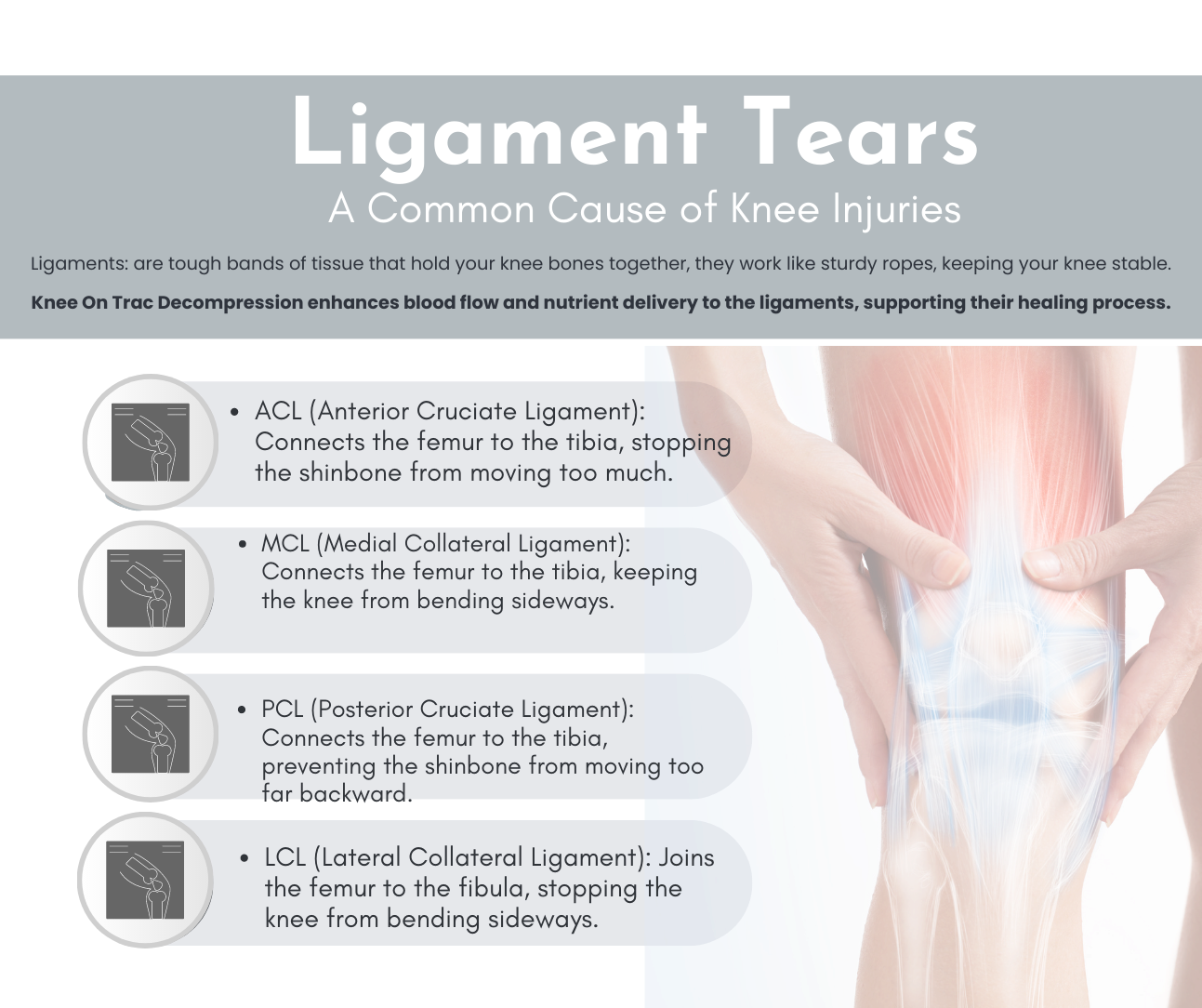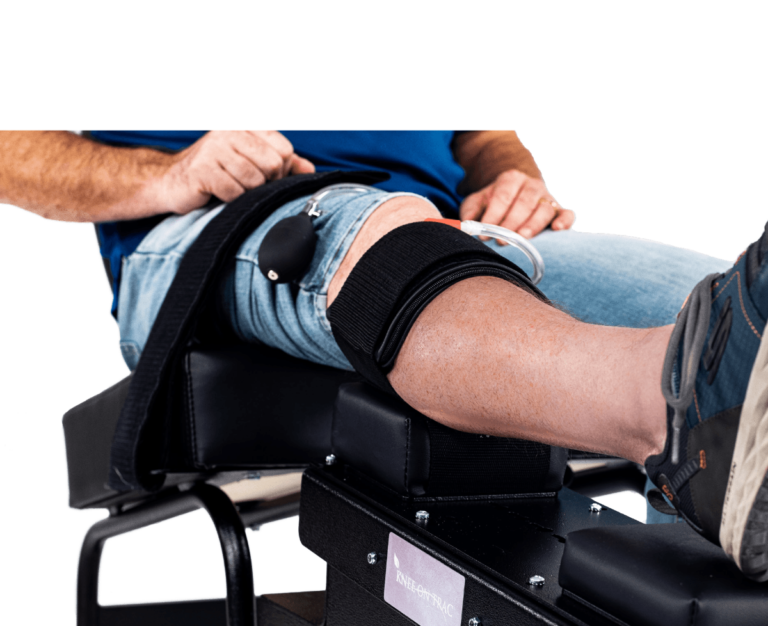When it comes to knee injuries, distinguishing between a Meniscus Tear vs. ACL Tear is crucial for proper diagnosis and treatment. In this guide, we’ll delve into the specific symptoms of each, helping you understand the differences to prioritize your knee health.
- The meniscus is a C-shaped cartilage that acts as a shock absorber in the knee joint. Each knee has two menisci: the medial meniscus on the inner side and the lateral meniscus on the outer side.
- ACL (Anterior Cruciate Ligament): Connects the femur to the tibia, stopping the shinbone from moving too much.
To ensure a thorough understanding, let’s explore these symptoms in detail
A Meniscus Tear happens when the cartilage in your knee is damaged, leading to pain, swelling, and specific discomforts like a popping sensation or difficulty straightening the knee. As we differentiate between a Meniscus Tear vs. ACL Tear On the other hand, an ACL Tear involves the tearing of the ligament connecting the thigh and shin bones, resulting in distinct symptoms such as a popping sound, severe pain, and instability.
Meniscus Tear Symptoms
- Pain, especially when bending or twisting the knee
- Swelling and stiffness
- A popping or clicking sensation
- Difficulty fully straightening the knee
- Feeling like the knee is giving way or lockingTreatment for meniscus tears depends on various factors, including the type, size, location, and severity of the tear. Non-surgical options include rest, ice, compression, elevation (RICE method), physical therapy, and anti-inflammatory medications. In some cases, surgical intervention may be necessary
ACL Tear Symptoms
- A popping sound or sensation at the time of injury
- Severe pain and swelling
- Instability or a feeling of the knee giving way
- Difficulty walking or bearing weight on the affected leg
- Limited range of motion
Differentiating Between a Meniscus Tear vs. ACL Tear
While both injuries can cause pain and swelling, the key differences lie in the specific symptoms. A meniscus tear often presents with localized pain and difficulty bending the knee, while an ACL tear may cause instability and difficulty walking. Remember, early diagnosis and proper treatment are key to a successful recovery. t’s important to consult a healthcare professional for an accurate diagnosis through physical examination and, if necessary, imaging tests such as an MRI.
If You would like to find a Knee Pain Network Expert in your area click here






